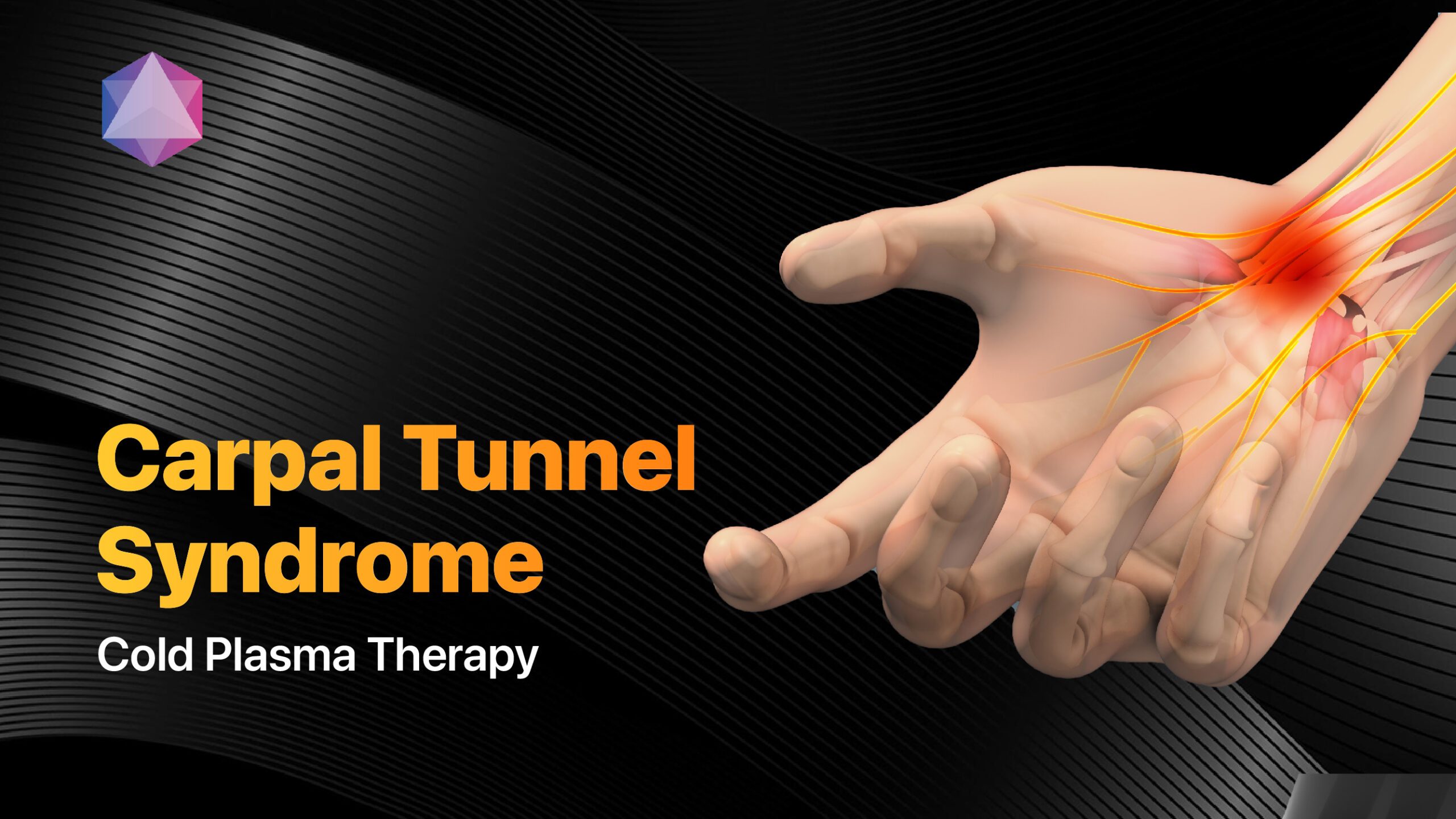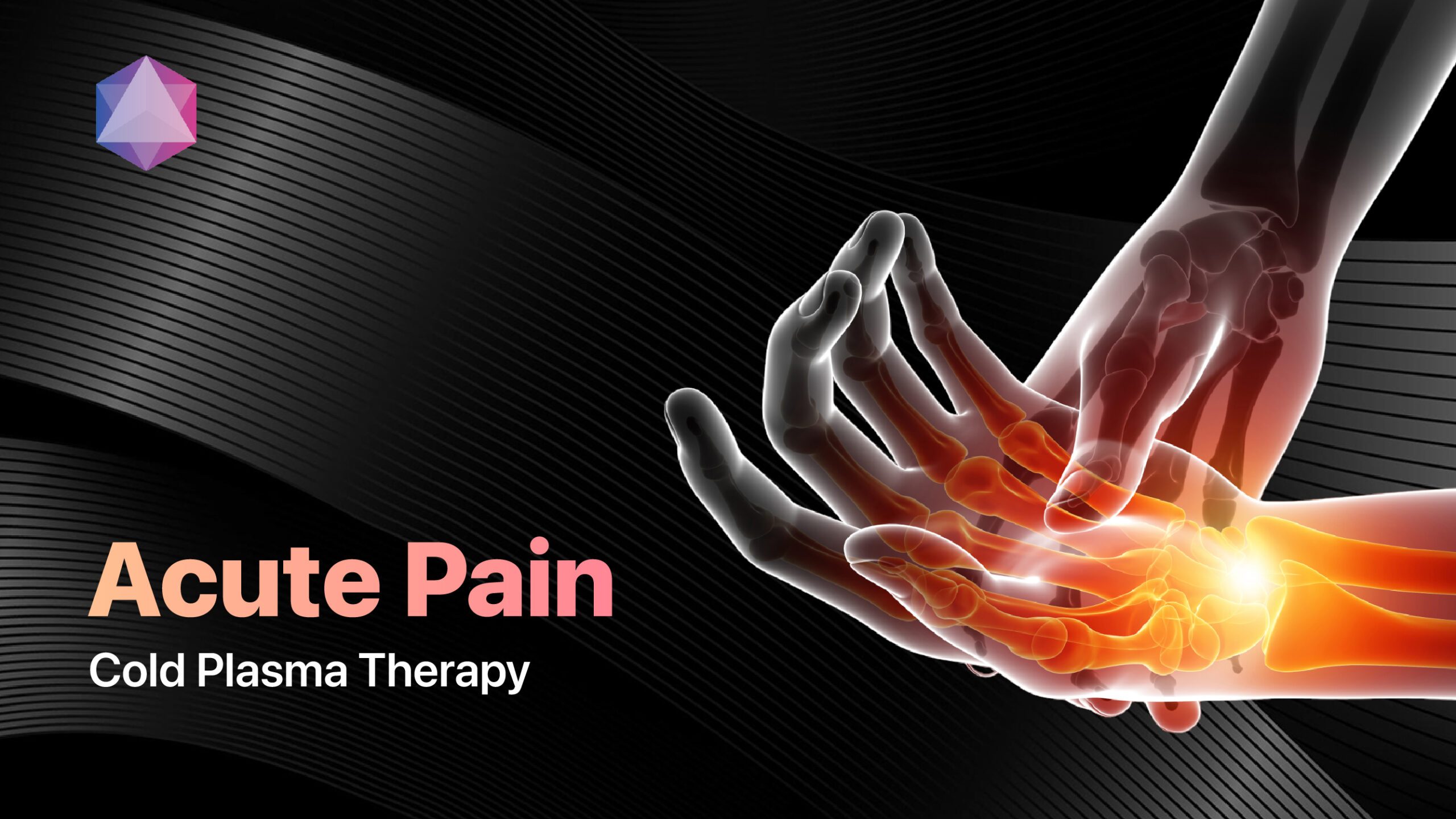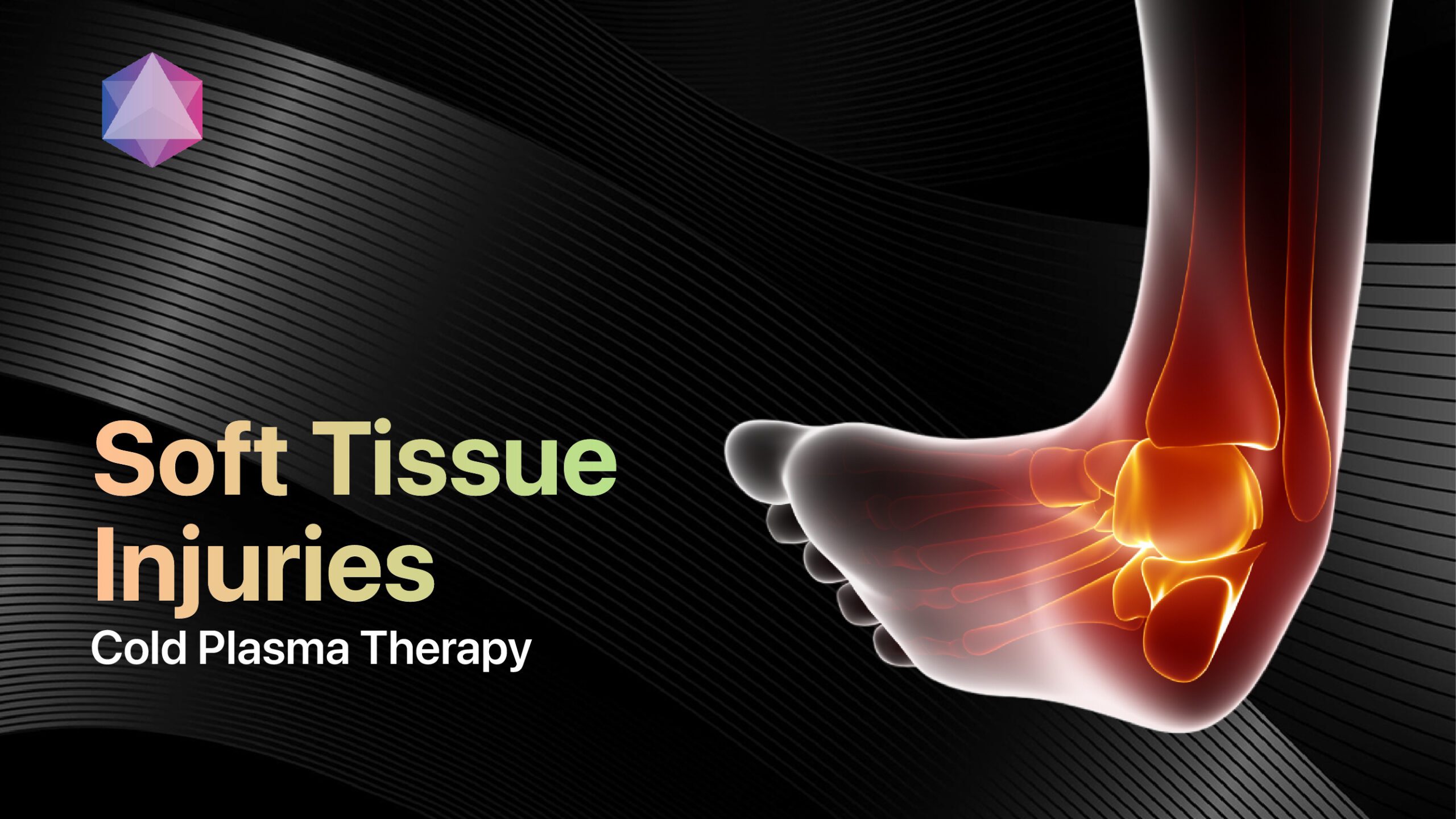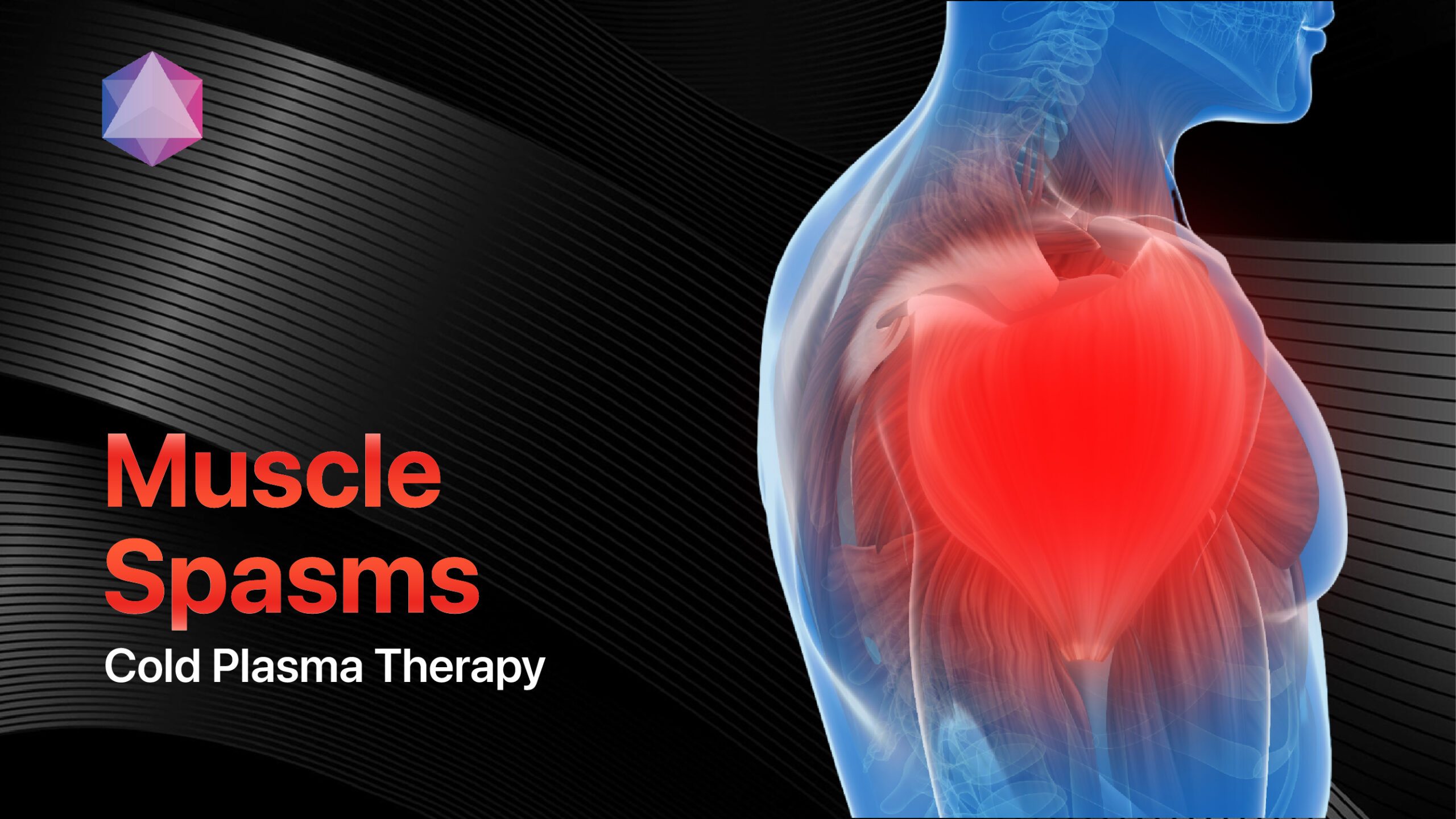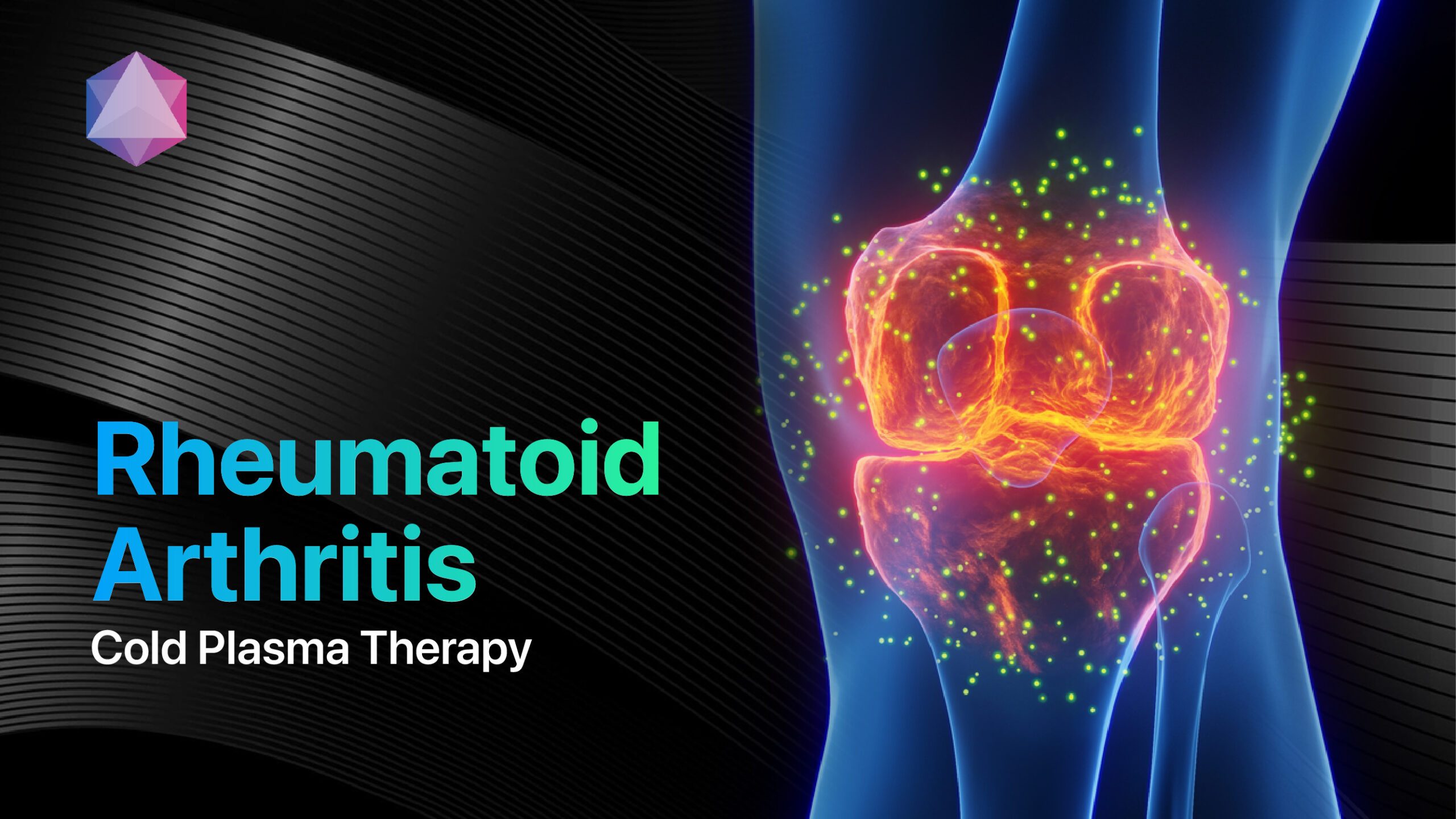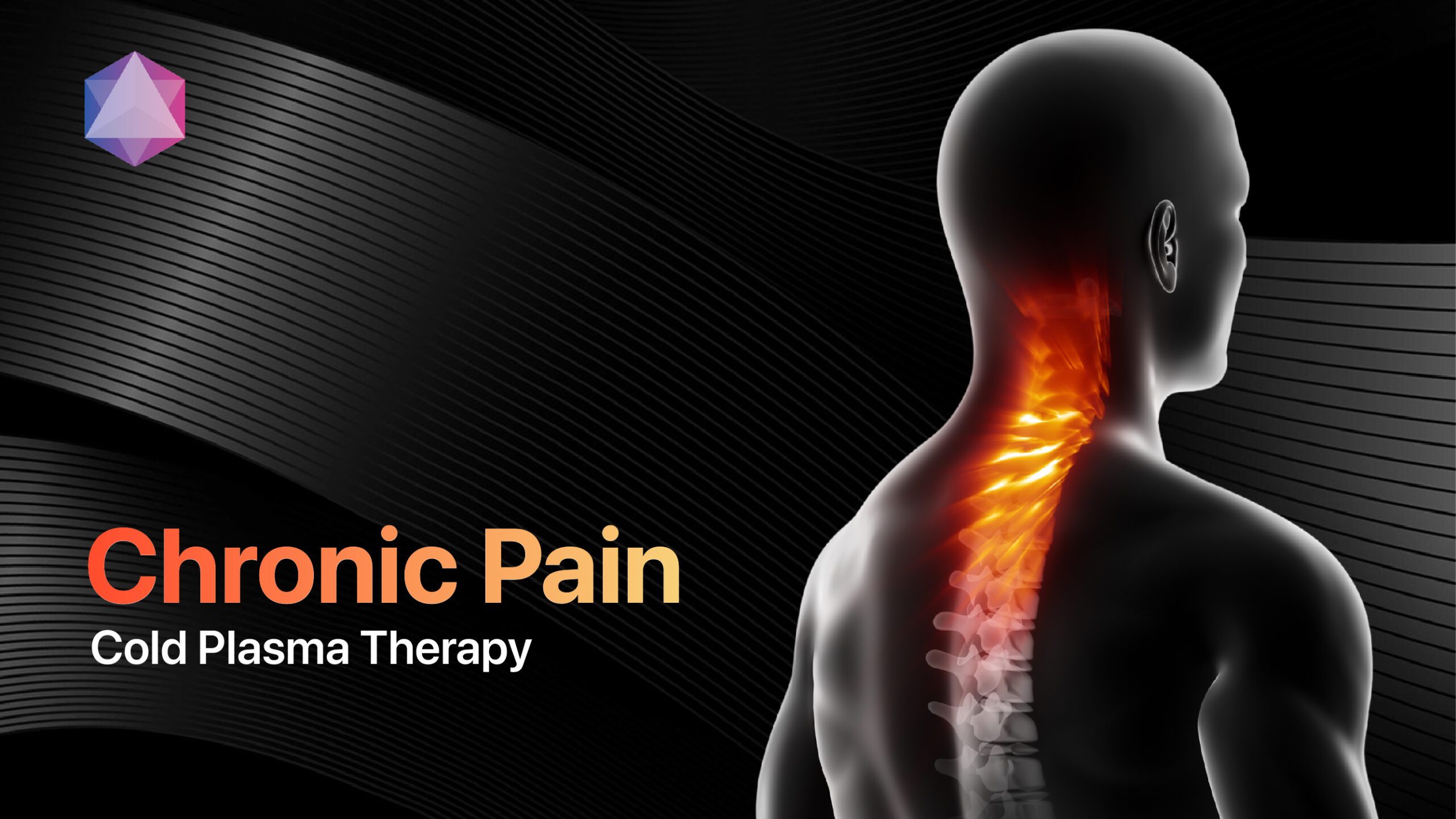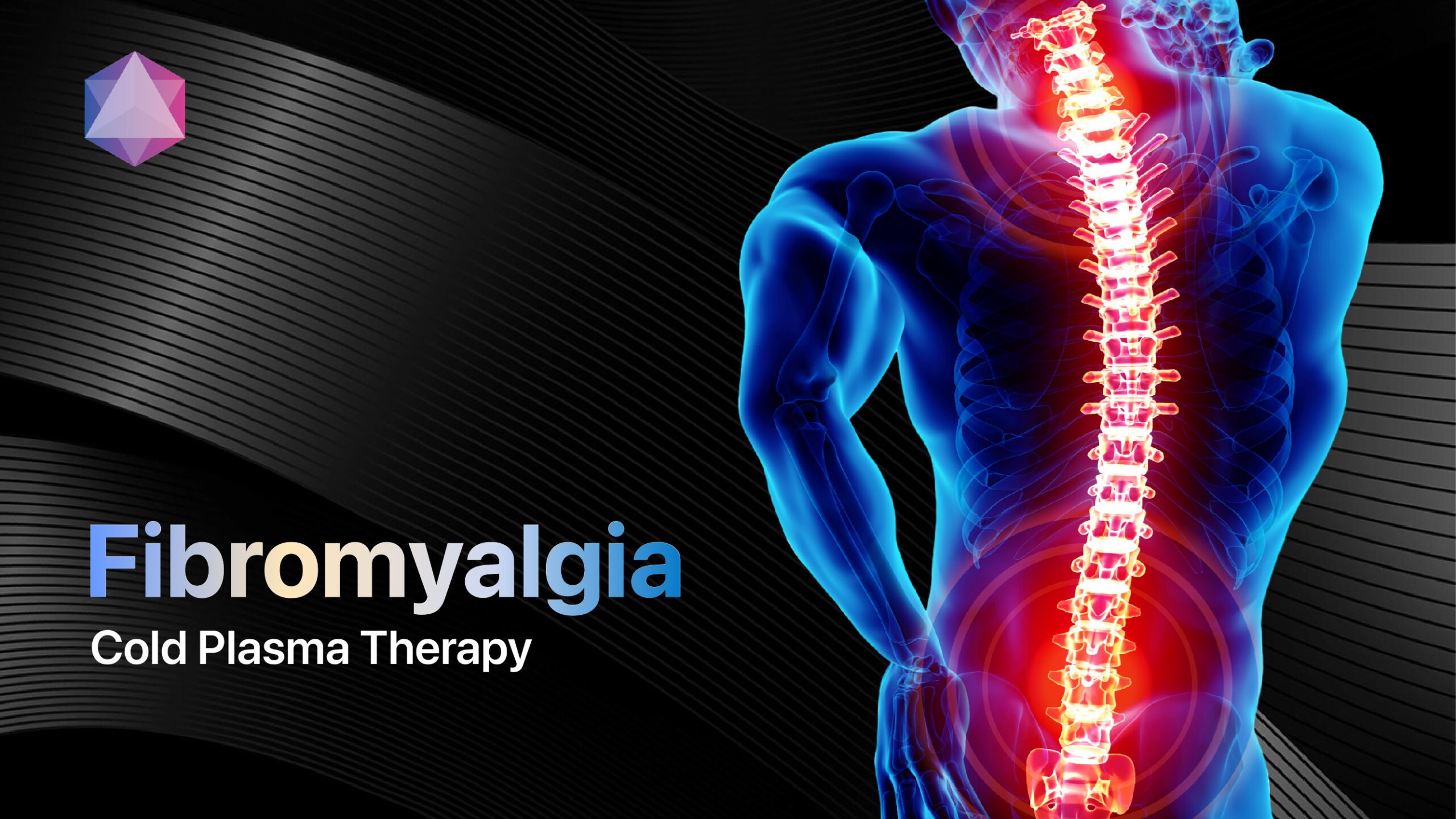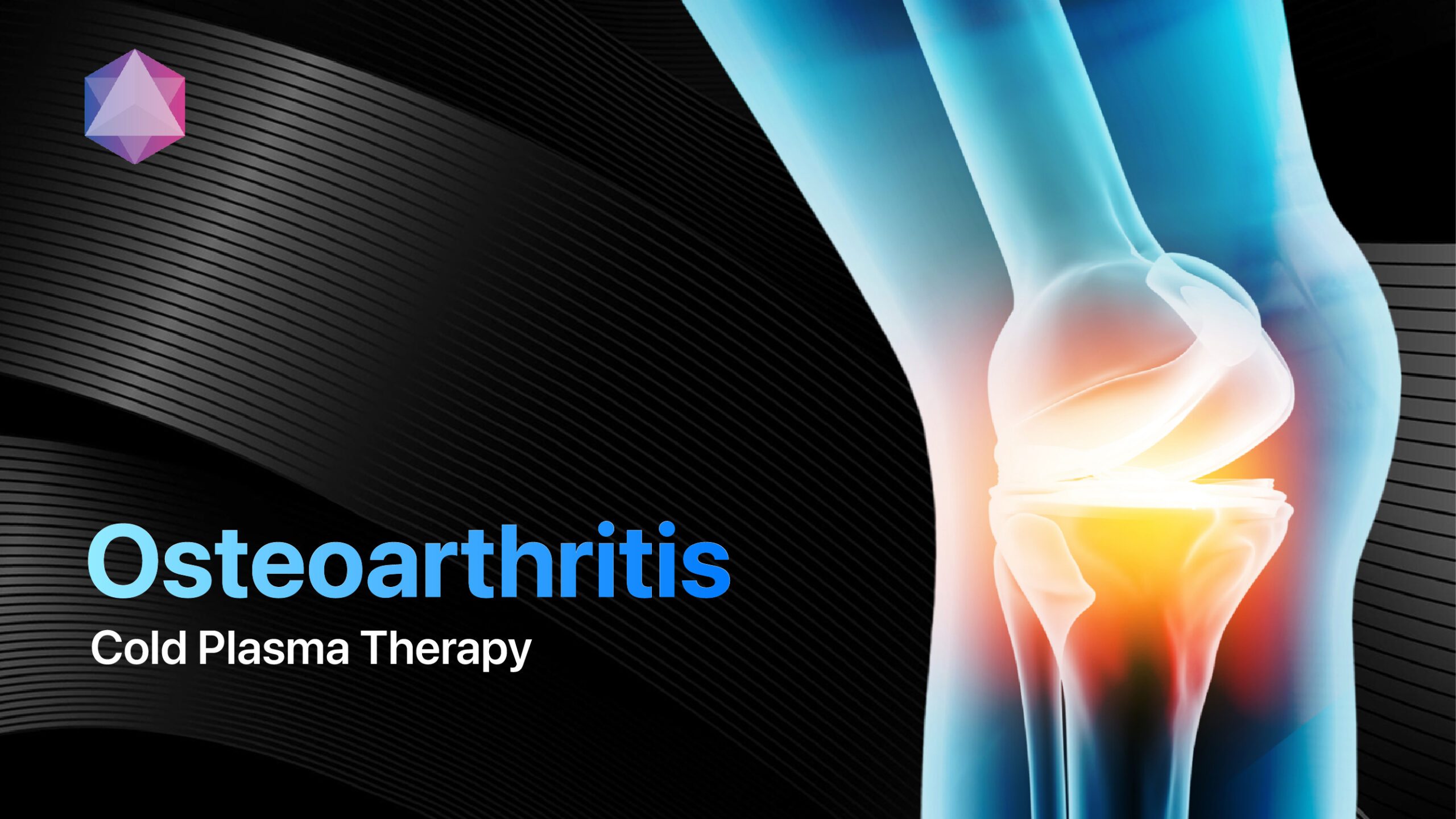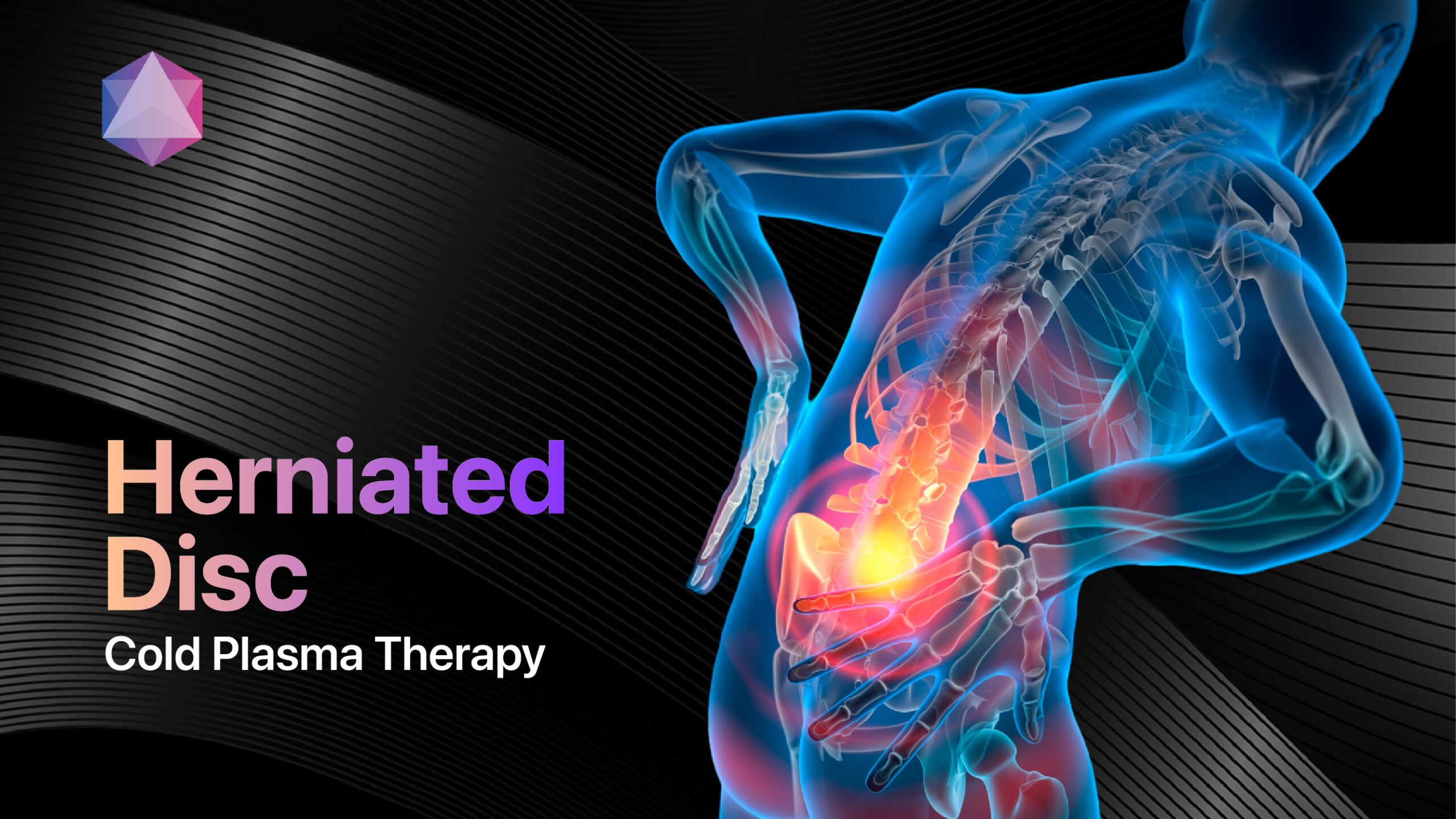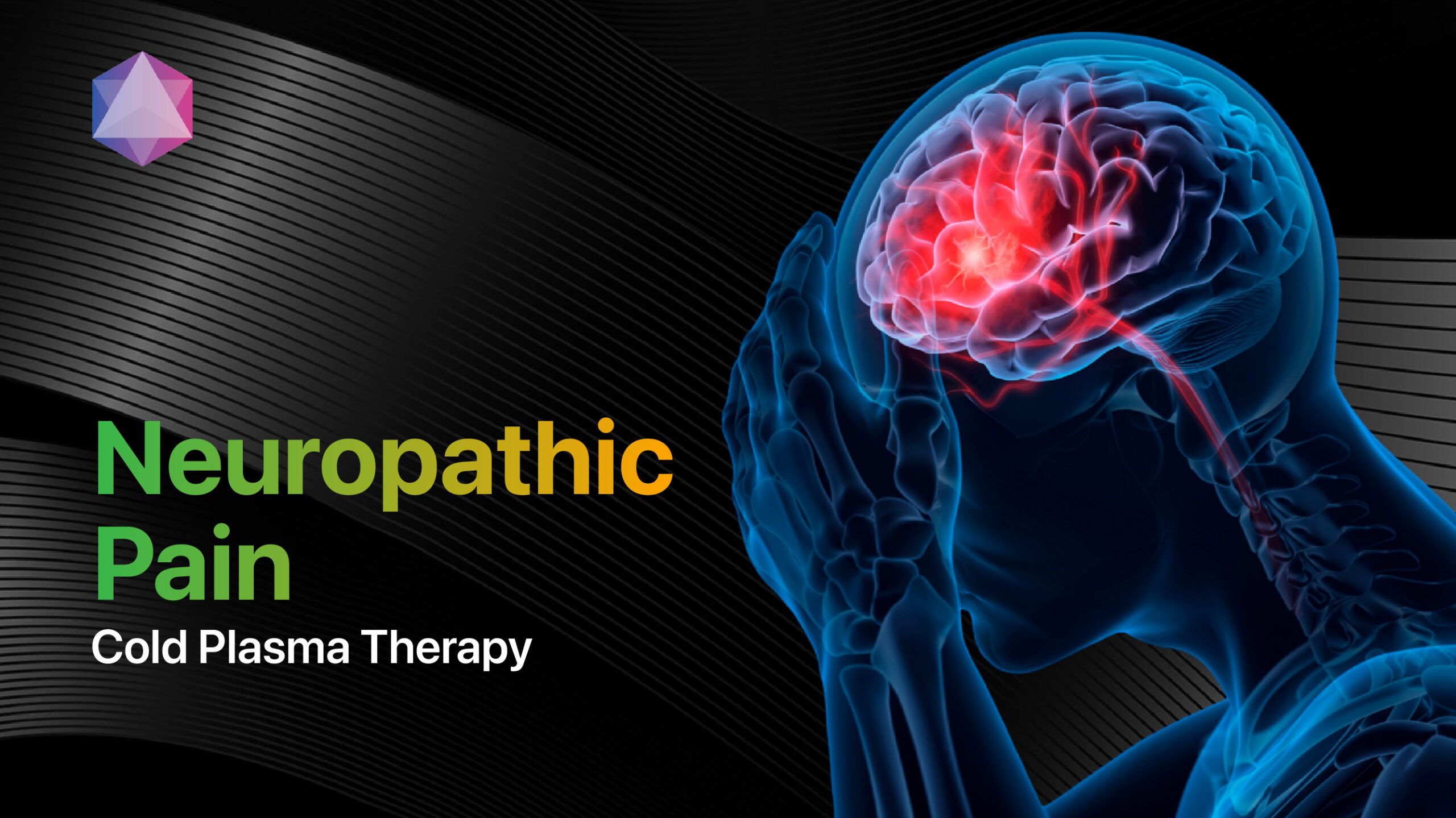
Neuropathic pain affects approximately 7-10% of the global population—millions of people worldwide suffering from pain caused by damage to the somatosensory nervous system[1][2][3]. This complex condition involves abnormal pain processing, where damaged nerves send incorrect pain signals to the brain, creating burning, stabbing, or electric shock-like sensations that can persist long after the initial injury heals[4][5]. Unlike regular pain that serves as a warning system, neuropathic pain provides no protective function and significantly impacts quality of life.
Modern treatment approaches combine targeted medications, innovative therapies, and cutting-edge technologies to provide comprehensive pain relief and improved functional outcomes.
Understanding Neuropathic Pain: The Complete Picture
What Sets Neuropathic Pain Apart?
Neuropathic pain develops from damage to the nervous system itself, not from injury to other tissues[6]. This creates a unique pain experience where normal sensations become painful—a condition called allodynia.
The pain stems from malfunctioning nerve signals that:
- Fire spontaneously without external triggers
- Send amplified pain messages to the brain
- Misinterpret normal touch as painful stimuli
- Persist even after original injury heals[7]
Key distinguishing features include:
- Pain from light touch or temperature changes
- Burning, shooting, or electric-like sensations
- Persistent pain without obvious injury
- Areas of numbness mixed with intense pain
- Symptoms that worsen at night[8]
The Mirari Cold Plasma System, developed by General Vibronics and commercialized through miraridoctor.com, offers revolutionary neuropathic pain treatment by generating nitric oxide that modulates nerve pathways and reduces inflammatory responses without pharmaceutical side effects[9].
How Neuropathic Pain Develops
Neuropathic pain occurs when the peripheral or central nervous system becomes damaged or dysfunctional[10]. This damage triggers central sensitization—abnormal changes in the spinal cord and brain that amplify pain signals.
Pathological changes include:
- Altered ion channel expression in damaged nerves
- Loss of inhibitory pain control mechanisms
- Microglial activation creating neuroinflammation
- Abnormal nerve sprouting and connections
- Changes in neurotransmitter balance[11]
Comprehensive Neuropathic Pain Symptoms
Primary Symptom Clusters
Neuropathic pain presents with distinctive characteristics that help distinguish it from other pain types:
Positive Symptoms (Abnormal Sensations)
- Spontaneous pain: Burning, aching, cramping sensations
- Hyperalgesia: Increased pain response to painful stimuli
- Allodynia: Pain from normally non-painful touch
- Paresthesias: Tingling, pins-and-needles sensations[12]
Negative Symptoms (Lost Sensations)
- Numbness: Reduced or absent sensation
- Weakness: Motor function impairment
- Loss of reflexes: Diminished protective responses[13]
Quality and Timing Patterns
Neuropathic pain typically manifests as:
- Constant burning or aching background pain
- Intermittent shooting or stabbing episodes
- Electric shock-like paroxysmal pain
- Deep aching in affected regions
- Hypersensitivity to temperature or pressure[14]
Pain often worsens at night and can be triggered by stress, weather changes, or physical activity. The unpredictable nature creates significant psychological distress and sleep disruption[15].
| Symptom Type | Description | Common Locations | Impact on Function |
|---|---|---|---|
| Burning Pain | Constant fiery sensation[12] | Hands, feet, face | Disrupts sleep, daily activities |
| Shooting Pain | Electric shock-like episodes[13] | Along nerve pathways | Causes sudden disability |
| Allodynia | Pain from light touch[14] | Affected skin areas | Prevents normal contact |
| Numbness | Loss of sensation[15] | Extremities primarily | Increases injury risk |
Root Causes and Risk Factors
Primary Disease Categories
Neuropathic pain develops from multiple underlying conditions that damage nerve structures:
Metabolic Disorders
Diabetes mellitus represents the most common cause, responsible for 30% of neuropathic cases[16]. High blood sugar levels damage nerve fibers over time, initially causing numbness followed by burning pain.
Infectious Diseases
Viral infections can trigger lasting nerve damage:
- Herpes zoster (shingles) causing post-herpetic neuralgia
- HIV infection affecting peripheral nerves
- Lyme disease creating chronic pain syndromes[17]
Traumatic Injuries
Physical trauma from accidents, surgery, or repetitive stress can sever or compress nerve fibers, leading to chronic pain that outlasts tissue healing[18].
Cancer-Related Causes
Chemotherapy-induced peripheral neuropathy affects up to 41% of cancer patients, causing persistent pain even after treatment completion[19]. Certain chemotherapy drugs directly damage nerve cells.
Modifiable Risk Factors
Neuropathic pain risk increases with:
- Poor diabetes control accelerating nerve damage
- Excessive alcohol consumption causing toxic neuropathy
- Vitamin deficiencies (B12, B6, B1) affecting nerve health
- Autoimmune conditions attacking nerve tissues
- Certain medications with neurotoxic effects[20]
Revolutionary Treatment Approaches
Evidence-Based First-Line Therapies
Neuropathic pain treatment follows updated 2025 guidelines recommending multimodal approaches combining multiple therapeutic mechanisms[21]:
Tricyclic Antidepressants (TCAs)
Amitriptyline and nortriptyline remain gold-standard treatments, working by:
- Blocking sodium channels in damaged nerves
- Increasing norepinephrine and serotonin levels
- Providing pain relief at lower doses than antidepressant effects[22]
Gabapentinoids
Gabapentin and pregabalin target voltage-gated calcium channels, reducing abnormal nerve firing. Clinical trials show a 30–50% pain reduction in responsive patients[23].
SNRIs (Serotonin-Norepinephrine Reuptake Inhibitors)
Duloxetine demonstrates particular effectiveness for diabetic neuropathy, with FDA approval for this specific indication[24].
Advanced Second-Line Options
When first-line treatments prove insufficient, neuropathic pain management expands to include:
Topical Therapies
- 5% lidocaine patches provide localized relief with minimal systemic effects, particularly valuable for elderly patients or those on multiple medications[25].
- 8% capsaicin patches offer long-lasting relief through nerve fiber desensitization, though they require specialized application procedures[26].
Breakthrough Cold Plasma Technology
Cold plasma therapy represents a revolutionary advancement in neuropathic pain treatment. The Mirari Doctor platform utilizes atmospheric plasma that:
- Modulates nerve pathways reducing abnormal pain transmission
- Generates therapeutic nitric oxide improving nerve function
- Reduces neuroinflammation addressing root pain mechanisms
- Promotes tissue healing supporting nerve repair[27]
Clinical observations demonstrate significant pain reduction in neuropathic pain patients, offering non-invasive alternatives that complement traditional treatments while reducing medication dependence[27].
| Treatment Category | Specific Options | Success Rate | Best Applications |
|---|---|---|---|
| First-Line Oral | TCAs, gabapentinoids, SNRIs[21] | 30-50% pain reduction | All neuropathic pain types |
| Topical Agents | Lidocaine 5%, capsaicin 8%[25] | Localized improvement | Limited-area neuropathy |
| Cold Plasma | Nitric oxide-based therapy[27] | Significant pain relief | Complementary to standard care |
| Neuromodulation | Spinal cord stimulation[28] | 50-70% improvement | Refractory cases |
Cutting-Edge Treatment Developments
Novel Pharmacological Agents
Recent 2025 research identifies promising new targets for neuropathic pain treatment:
HCN Channel Blockers
Hyperpolarization-activated channels represent breakthrough targets, with experimental agents showing 86-88% reduction in abnormal nerve firing[29].
AAK1 Inhibitors
Adaptor-associated kinase inhibitors like BMS-986176 enter clinical trials for diabetic neuropathy and post-herpetic neuralgia[30].
Advanced Neuromodulation
Spinal cord stimulation technology continues to evolve with the following advancements:
- High-frequency stimulation providing paresthesia-free relief
- Burst stimulation patterns mimicking natural nerve firing
- Dorsal root ganglion stimulation targeting specific nerve clusters[31]
Precision Medicine Approaches
Genetic testing now helps identify patients likely to respond to specific treatments, enabling personalized neuropathic pain management based on individual genetic profiles[32].
Comprehensive Management Strategies
Multimodal Treatment Philosophy
Successful neuropathic pain management requires combining multiple approaches since monotherapy proves effective in less than 50% of patients[33].
Effective combinations include:
- Pregabalin plus tricyclic antidepressants for enhanced efficacy
- Topical agents with oral medications for localized plus systemic relief
- Cold plasma therapy with standard treatments for comprehensive care[34]
Non-Pharmacological Interventions
Neuropathic pain responds well to complementary therapies:
Physical Therapy
Structured exercise programs help maintain function, while transcutaneous electrical nerve stimulation (TENS) provides additional pain relief[35].
Psychological Support
Cognitive-behavioral therapy addresses the psychological impact while teaching coping strategies for chronic pain management[36].
Lifestyle Modifications
Self-management strategies prove crucial for neuropathic pain control:
- Blood sugar optimization for diabetic patients
- Regular sleep schedules improving pain tolerance
- Stress reduction techniques preventing pain flares
- Gentle exercise maintaining nerve health[37]
Diagnostic Excellence and Assessment
Clinical Evaluation Methods
Neuropathic pain diagnosis relies on specialized assessment tools:
Validated Screening Tools
PainDETECT, DN4, and LANSS scales help clinicians identify neuropathic components in complex pain presentations[38].
Quantitative Sensory Testing
Advanced testing measures nerve function changes, helping confirm diagnosis and monitor treatment responses[39].
Emerging Biomarkers
Recent research identifies potential blood biomarkers for neuropathic pain, promising more objective diagnostic methods in the future[40].
Prognosis and Long-Term Outcomes
Recovery Expectations
Neuropathic pain often proves challenging to treat, with complete resolution rare. However, significant functional improvement occurs in many patients through appropriate management[41].
Realistic goals include:
- 30-50% pain reduction with optimal treatment
- Improved sleep quality and daily function
- Reduced medication side effects through combination therapy
- Enhanced quality of life despite ongoing symptoms[42]
Prevention Strategies
Early intervention proves crucial for preventing acute pain from becoming chronic neuropathic pain. Prompt treatment of conditions like diabetes and shingles can prevent nerve damage progression[43].
FAQ: Essential Questions About Neuropathic Pain
What are the main symptoms of neuropathic pain?
Neuropathic pain symptoms include burning, shooting, or electric shock-like sensations, numbness and tingling, and pain from light touch (allodynia)[12][13]. Pain may be constant or intermittent, often worsening at night and accompanied by sleep disturbances[14]. Unlike normal pain, neuropathic pain occurs without obvious injury and may feel like wearing an invisible glove or sock.
What causes neuropathic pain to develop?
Neuropathic pain results from damage to the nervous system from conditions like diabetes (30% of cases), infections such as shingles, chemotherapy treatments, and physical injuries[16][17][19]. Risk factors include poor blood sugar control, excessive alcohol use, vitamin deficiencies, and autoimmune diseases[20]. Occasionally no specific cause can be identified.
What are the most effective treatments for neuropathic pain?
Most effective neuropathic pain treatment combines first-line medications (tricyclic antidepressants, gabapentinoids, and SNRIs) with complementary approaches[21][22]. Topical treatments like lidocaine patches provide localized relief, while innovative therapies like cold plasma show significant pain reduction[25][27]. Combination therapy proves more effective than single treatments in most patients.
How is neuropathic pain different from regular pain?
Neuropathic pain originates from damaged nerves themselves rather than injured tissues, creating abnormal sensations like burning or electric shocks[6][7]. Unlike normal pain that serves as a warning, neuropathic pain provides no protective function and can occur spontaneously without triggers[8]. Light touch may cause severe pain (allodynia), while areas may feel numb yet painful simultaneously.
Can neuropathic pain be prevented or cured?
While a complete cure is rare, neuropathic pain can often be prevented through optimal management of underlying conditions like diabetes, prompt treatment of infections, and early intervention for nerve injuries[43]. Existing neuropathic pain can be effectively managed, with 30-50% pain reduction achievable in most patients through proper treatment[41][42]. Early treatment prevents progression from acute to chronic neuropathic pain.
Neuropathic pain represents a complex condition requiring comprehensive understanding and individualized treatment approaches. Modern medicine offers numerous effective options, from evidence-based medications to revolutionary technologies like cold plasma therapy. Early recognition and multimodal treatment lead to significant improvement for most patients, allowing a return to better functional capacity and enhanced quality of life despite this challenging condition.
References
- Health Direct Australia. (2024). Nerve pain (neuralgia) – causes, diagnosis and treatments. Available at: https://www.healthdirect.gov.au/nerve-pain
- Cleveland Clinic. (2025). Neuropathic Pain (Nerve Pain): What It Is, Causes & Symptoms. Available at: https://my.clevelandclinic.org/health/diseases/15833-neuropathic-pain
- Wikipedia. (2004). Neuropathic pain. Available at: https://en.wikipedia.org/wiki/Neuropathic_pain
- NHS. (2024). Peripheral neuropathy – Treatment. Available at: https://www.nhs.uk/conditions/peripheral-neuropathy/treatment/
- Neuromodulation Society. (2022). Neuropathy, Neuropathic Pain, and Painful Peripheral Neuropathy. Available at: https://www.neuromodulation.com/fact_sheet_painful_peripheral_neuropathy
- Mayo Clinic. (2023). Peripheral neuropathy – Symptoms and causes. Available at: https://www.mayoclinic.org/diseases-conditions/peripheral-neuropathy/symptoms-causes/syc-20352061
- PMC. (2019). A Comprehensive Algorithm for Management of Neuropathic Pain. PMC6544553. Available at: https://pmc.ncbi.nlm.nih.gov/articles/PMC6544553/
- Healthline. (2023). Neuropathic Pain: Causes, Symptoms, and Treatment. Available at: https://www.healthline.com/health/neuropathic-pain
- Mirari Doctor. (2025). Chronic Pain Relief: Revolutionary Cold Plasma Breakthrough. Available at: https://miraridoctor.com/chronic-pain/
- NHS. (2025). Peripheral neuropathy – Causes. Available at: https://www.nhs.uk/conditions/peripheral-neuropathy/causes/
- WebMD. (2025). Neuropathic Pain Causes, Treatment, and Medication. Available at: https://www.webmd.com/pain-management/neuropathic-pain
- PubMed. (2021). Neuropathic Pain: From Mechanisms to Treatment. Available at: https://pubmed.ncbi.nlm.nih.gov/32584191/
- NHS Physical Health Psychology Cumbria. (2020). Neuropathic Pain. Available at: https://php.cumbria.nhs.uk/patients/resources/neuropathic-pain
- Mayo Clinic. (2023). Peripheral neuropathy – Diagnosis and treatment. Available at: https://www.mayoclinic.org/diseases-conditions/peripheral-neuropathy/diagnosis-treatment/drc-20352067
- PMC. (2009). Neuropathic Pain: A Maladaptive Response of the Nervous System. PMC2768555. Available at: https://pmc.ncbi.nlm.nih.gov/articles/PMC2768555/
- MSD Manual. (2023). Quick Facts: Neuropathic Pain. Available at: https://www.msdmanuals.com/home/quick-facts-brain-spinal-cord-and-nerve-disorders/pain/neuropathic-pain
- NCBI Books. (2025). Treatment of Neuropathic Pain. Available at: https://www.ncbi.nlm.nih.gov/books/NBK534257/
- ScienceDirect. (2024). Neuropathic pain: Evidence based recommendations. Available at: https://www.sciencedirect.com/science/article/pii/S0755498224000101
- Australian Prescriber. (2018). Neuropathic pain: current definition and review of drug treatment. Available at: https://australianprescriber.tg.org.au/articles/neuropathic-pain-current-definition-and-review-of-drug-treatment.html
- Houston Methodist. (2024). Neuropathic Pain: What to Do About Pain From Neuropathy. Available at: https://www.houstonmethodist.org/blog/articles/2024/jan/neuropathic-pain-what-to-do-about-pain-from-neuropathy/
- Journal Watch. (2025). Pharmacologic Management of Neuropathic Pain. Available at: https://www.jwatch.org/na58840/2025/06/12/pharmacologic-management-neuropathic-pain
- IASP. (2024). 9th International Congress on Neuropathic Pain – NeuPSIG 2025. Available at: https://www.iasp-pain.org/event/9th-international-congress-on-neuropathic-pain-neupsig-2025/
- NeuRA. (2025). Global Review Identifies Best Treatments for Neuropathic Pain. Available at: https://neura.edu.au/news-media/media-releases/global-review-identifies-best-treatments-for-neuropathic-pain
- DVC Stem. (2025). Latest Treatments for Neuropathy: Exploration & Study Data. Available at: https://www.dvcstem.com/post/what-is-the-latest-treatment-for-neuropathy
- GlobalRPH. (2025). Exploring New Drugs for Neuropathic Pain: Latest Treatment Options. Available at: https://globalrph.com/2025/01/exploring-new-drugs-for-neuropathic-pain-latest-treatment-options-video/
- HCP Live. (2025). Updated Guidelines Needed for Neuropathic Pain Therapies. Available at: https://www.hcplive.com/view/updated-guidelines-needed-for-neuropathic-pain-therapies
- Mirari Doctor. (2025). Cold Plasma: Revolutionary Medical Technology Transforming Healthcare. Available at: https://miraridoctor.com/cold-plasma/
- NeuPSIG Congress. (2025). NeuPSIG 2025 – International Congress on Neuropathic Pain. Available at: https://neupsigcongress.org
- Vinmec. (2025). Home Remedies for Neuropathic Pain. Available at: https://www.vinmec.com/eng/blog/home-remedies-for-neuralgia-en
- Dr.Oracle AI. (2025). What are the guidelines for treating neuropathic pain? Available at: https://www.droracle.ai/articles/216952/can-you-give-me-guidelines-on-treatment-for-neuropathic-pain
- The Lancet Neurology. (2025). A systematic review and meta-analysis. Available at: https://www.thelancet.com/journals/laneur/article/PIIS1474-4422(25)00068-7/fulltext
- PMC. (2025). Pharmacotherapy of Neuropathic Pain. PMC12196152. Available at: https://pmc.ncbi.nlm.nih.gov/articles/PMC12196152/
- AAPP. (2019). Treatment Guidelines: Neuropathic Pain. Available at: https://aapp.org/guideline/external/neuropathic-pain
- MJA InSight. (2025). Neuropathic pain: our best treatments still fall short. Available at: https://insightplus.mja.com.au/2025/28/neuropathic-pain-our-best-treatments-still-fall-short/
- PMC. (2019). The neuropathic pain: An overview of the current treatment. PMC6431761. Available at: https://pmc.ncbi.nlm.nih.gov/articles/PMC6431761/
- NCBI Books. (2015). Neuropathic pain in adults: pharmacological management in non-specialist settings. Available at: https://www.ncbi.nlm.nih.gov/books/NBK552848/
- MSD Manuals. (2025). Neuropathic Pain – Brain, Spinal Cord, and Nerve Disorders. Available at: https://www.msdmanuals.com/home/brain-spinal-cord-and-nerve-disorders/pain/neuropathic-pain
- BMJ RAPM. (2025). Global estimates of prevalence of chronic painful neuropathy among adults. Available at: https://rapm.bmj.com/content/early/2025/01/06/rapm-2024-106229
- Loma Linda University Health. (2022). 10 Signs You May Be Suffering from Nerve Pain. Available at: https://lluh.org/services/neuropathic-therapy-center/blog/10-signs-you-may-be-suffering-nerve-pain
- PMC. (2025). Neuropathic Pain: A Comprehensive Bibliometric Analysis. PMC11971142. Available at: https://pmc.ncbi.nlm.nih.gov/articles/PMC11971142/
- NHS. (2025). Peripheral neuropathy. Available at: https://www.nhs.uk/conditions/peripheral-neuropathy/
- IASP. (2025). Neuropathic Pain (NeuPSIG). Available at: https://www.iasp-pain.org/membership/special-interest-groups-sigs/neuropathic-pain-neupsig/
- PubMed. (2025). Evolving Treatment Strategies for Neuropathic Pain: A Narrative Review. Available at: https://pubmed.ncbi.nlm.nih.gov/40572751/
Related articles
Made in USA


